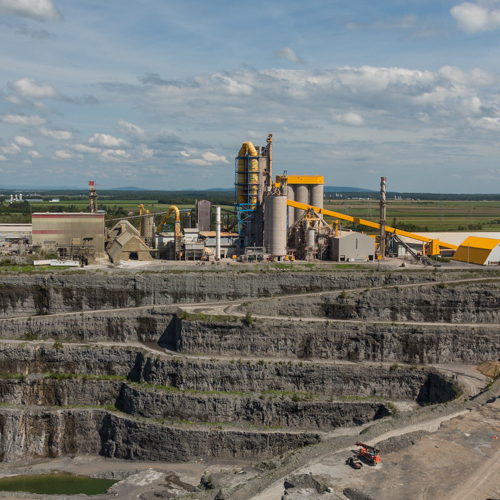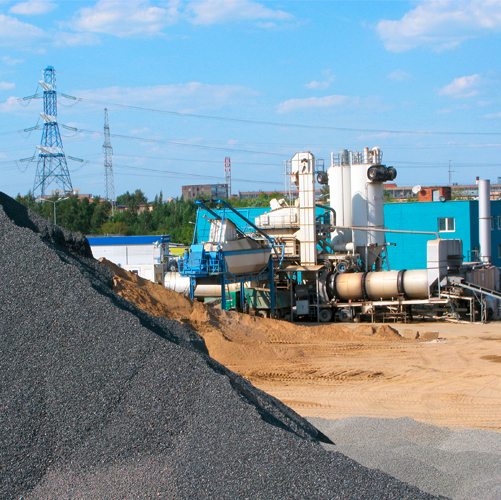Overhauling a boiler room requires a triggering factor. For the Établissement de détention de Québec (EDQ), this was the abolition of the BT rate.
Teknika HBA was given the mandate to perform a technical evaluation of all the EDQ electromechanical systems, to take their readings and develop energy efficiency measures. Overhauling the boiler room was the core of the project.
As a detention centre, EDQ has a public security, prevention and detention mission. The boiler room included two 500 hp hot water boilers, dating from the construction of the building in 1970, for hot water heating and domestic hot water purposes. The EDQ consumes 70,000 Gj per year, representing annual energy costs of nearly $1,000,000.
One of the two existing boilers was replaced with four Viessman Vertomat condensation boilers of 100 hp each, for a total capacity of 13,444,000 BTU/hr. These four boilers meet the needs formerly served by the two 500 hp boilers.
EDQ’s user profile
The detention centre serves its clientele 24 hours a day. The hot water needs vary and the set point is difficult to maintain in peak periods.
The building’s mechanical systems
Radiant heating panels installed in the ceiling enable the heating of the cells. These emitters require a relatively low heating temperature (30°C to 45°C). All
of the building’s ventilation systems are equipped with hot water heating coils, which assure a fairly cold return temperature. Domestic water is heated by the same water heating system via a plate heat exchanger.
Condensation boiler
The condensation boiler has two major energy inputs. The first is the recovery
of latent heat from the condensation of the water vapour in natural gas combustion products. The second is the recovery of sensible heat by a significant lowering
of the combustion gas temperature.
The increased efficiency depends on regulating the fluid return temperature. The temperature should be as low as possible so as to allow the transfer of the greatest possible quantity of heat to the heat transfer fluid.
Regulation
A centralized control system regulates all the EDQ ventilation systems at several points. Control of the new boilers was integrated into this system so that the heating system temperature is in phase with the building’s needs.

As indicated in the diagram on the previous page, water is supplied to the emitters
in series by two five-inch pipes, which is specific to EDQ. The return from the secondary system is discharged downstream in the same pipe, which reduces the heating water temperature as the water moves through the system.
The plate heat exchanger supplying the domestic water tank is the last component connected to the cold return pipe.
The addition of variable frequency drives on the 50 hp primary heating water pumps called for changes to the control algorithms. The three-way water regulating valve control loops controlling the secondary systems have been recalibrated to obtain more precise information on the real demand on the heating system.
The heating water flow rate has decreased considerably. For the same heat exchange as before, the difference in temperature (Tpre-emitter – Tpost-emitter) through the emitter is greater after reducing the water flow rate.
This favours a lower post-emitter temperature and thus a colder return to the condensation boilers and increased efficiency.
The following table summarizes the different financial aspects of the project:
| Cost of the work | $725,000 |
| EEF subsidy | ($80,000) |
| Gaz Métro subsidy | ($125,000) |
| Total | $520,000 |
| Savings | $107,000/year |
| Simple return on investment | 4.9 years |
The control parameters were adjusted during the first year of operation. It was estimated that the overall seasonal efficiency of the condensation boilers fluctuated between 87% and 93%, depending on the heating water return temperature. The conversion of the heating system to variable flow and optimization of the algorithms increased this efficiency by 3%.
The new boiler room design will have generated energy savings following a detailed review of its operation.
Natalie Saucier, Eng.
Technical Adviser
DATECH Group
Thanks to Christian Lapointe, Eng., Teknica HBA, for his help in writing this article.
Continue reading








